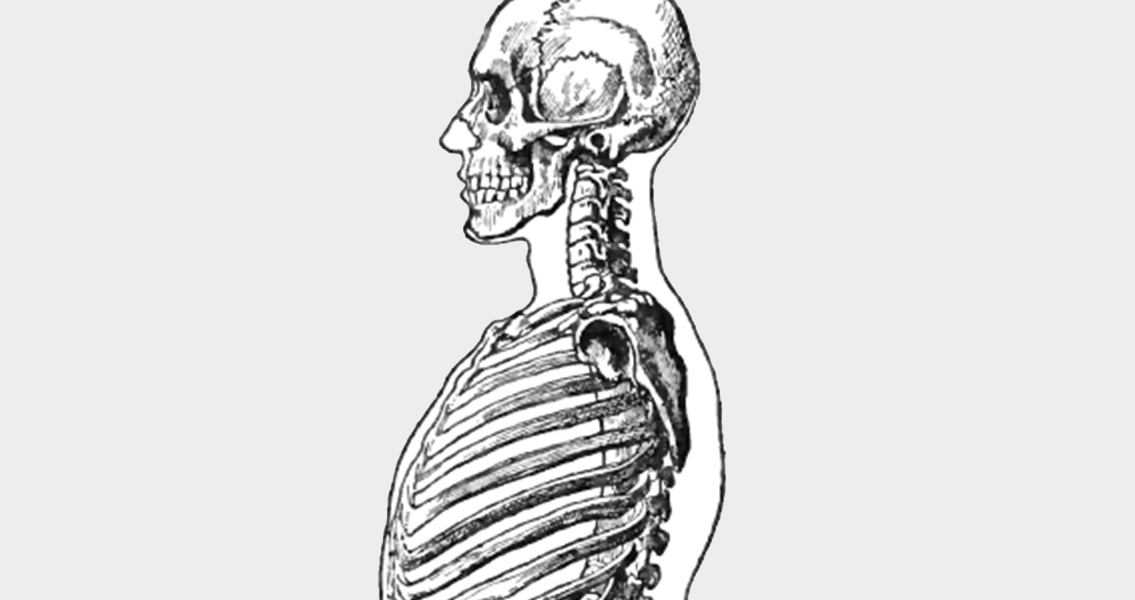<![CDATA[A skeleton is being hailed as one of the most important archaeological discoveries in North America. Originally unearthed in 1996 near Kennewick, Washington, the skeleton had been locked away by the US Army Corps of Engineering until recently. Only now, 18 years after its discovery, is Kennewick Man's story being told. Douglas Owsley and Richard Lantz have published their findings in a new book, Kennewick Man: The Scientific Investigation of an Ancient American Skeleton. Their work shows that Kennewick Man has the potential to rewrite American prehistory. Found on the banks of the Columbia River, the five foot seven inches tall man weighed in at about 160 pounds and roamed North America over 9,000 years ago. Owsley told a recent interview with National Geographic that it was clear Kennewick Man was physically imposing, "he's very wide-bodied, very strong". The skeleton also holds clues about what life was like in this time. It is clear that Kennewick Man led a difficult existence. "He has a couple of depression fractures in the head and six different broken ribs, five of which had not healed correctly. That's a reflection of his lifestyle. He was probably on the move, and when that incident happened, he didn't have sufficient time to recover," Owsley said. Owsley revealed that Kennewick Man also had small fractures in his shoulder, very similar to those found in some modern-day professional baseball pitchers. These kind of fractures are created by throwing an object so hard and fast that the scapula, or shoulder-blade, is fractured. From these injuries, we can infer that Kennewick Man lived a rugged life, constantly on the move, and that he threw spears in order to hunt animals. The sheer amount of information that can be gleaned from bones is remarkable. It is possible to deduce the age, sex and ancestry of a skeleton from certain physical traits. From chemical analysis of the bones' make up you can get details of an individual's health and pathology. Interestingly, Owsley's investigations revealed that Kennewick Man was not from the area where he was found. "The drinking water he grew up on is not drinking water of the type you'd get out of the Columbia River," Owsley said. "[Also] he did not grow up on the types of game you see in the Columbia River Basin. This guy is eating lots and lots of seals. That's what his bone chemistry tells us. And that just surprised the socks off me." Kennewick Man, it seems, was of Asian descent. Owsley and Lantz believe he was an East Asian maritime hunter-gatherer, particularly dependent on seals. In terms of his skull shape, he is very similar to the Ainu of ancient Japan. Owsley still believes that Kennewick Man has more to tell us. "We also want to get hold of a tooth. You could look at his isotope values and learn more about his early origins," he said. What Kennewick Man reveals, therefore, is that people arrived in North America much earlier than previously thought. Owsley's work has also shown that early humans were very fluid in their movements. "I think there were no boundaries," Owsley said. "You have people following along the coastline, searching for food."]]>
Skeleton Rewrites North American Prehistory
